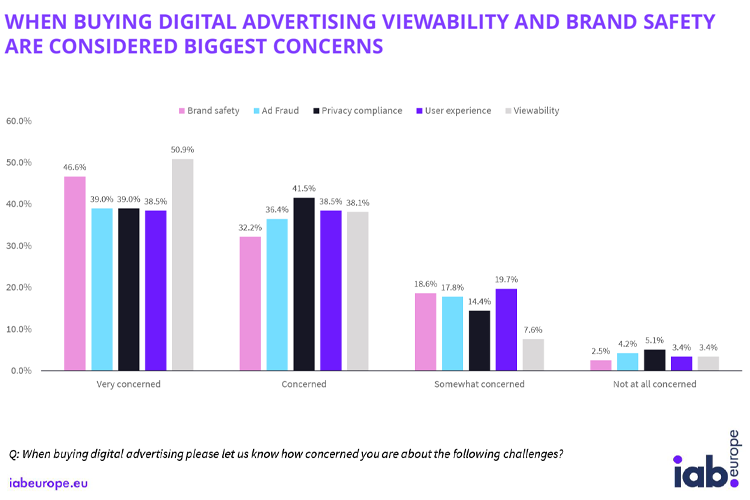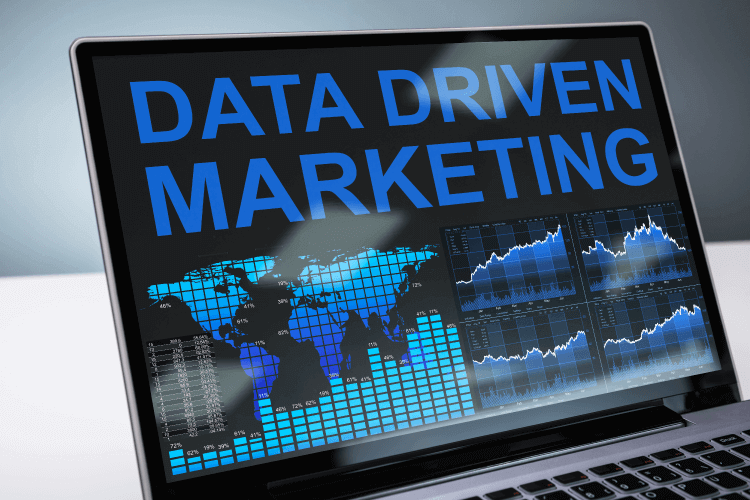In a previous blog post, Miha Rejc, Head of Digital Strategy at iPROM, explained the difference between the media that are part of the so-called open web and the platforms that are also called walled gardens, where user data and their responses to advertisements are only available to the managers or owners of these platforms. He highlighted the key benefits that the open web offers to advertisers, such as agility, data connectivity, and transparency. He also emphasized the user-side understanding of the differences and why savvy advertisers and successful brands understand that the open web is key for any effective digital advertising strategy.

Web users are increasingly turning to the open web
According to a study (OpenX, 2020) that analysed the use of the open web compared to the media platforms operated by tech giants, web users spend more time overall on the open web than in walled gardens (on Facebook, Instagram, YouTube, and Amazon), they initiate more sessions, and the sessions are longer.
Additionally, nearly a quarter of those polled said they expect their use of Facebook to decline in the next 12 months. Among users who reported using Facebook, Instagram, YouTube, or Amazon less than a year ago (over 30% of those surveyed), the main reason for decreasing use was that the content was no longer as important as before. Users who reported an intent to cut back on their usage (only 8% of those surveyed) said the main motivation was to decrease the use of digital devices in general.
The international survey Statista also reported similar insights into media trends and found that users are increasingly losing trust in social media platforms. According to Statista data (source: Statista, February 2022), in 2021, 57 percent of adults worldwide participating in the survey said they trusted traditional media while 59 percent reported they trusted search engines. Social media were the least trusted source – both globally and in individual world regions.
Advertisers swear by a quality media environment
This means content quality and credibility are among the main factors affecting the continuity of media consumption. IAB Europe has researched the buyers’ concerns when it comes to the quality of digital advertising and their attitude towards industry standards and different types of inventory. According to recent IAB Europe research (source: https://iabeurope.eu/wp-content/uploads/2022/07/IAB-Europe_Buyers-Survey-on-Quality.pdf), 98% of buyers agree that having a quality media environment is very important when purchasing inventory. The study also found that 92% of buyers prefer to spend their advertising budget with providers who respect industry standards. The quality and reputable media making up the open web are therefore one of the fundamental building blocks of a high-quality, decentralized digital media landscape.

Justifications of advertising investments need to be analysed rationally
Because to the uncertainty created by current global conditions and the uncertainty about the economic future, advertisers will need to re-evaluate their marketing strategies and demonstrate the effectiveness of their campaigns with actual and verifiable results.
The power of data-driven advertising has never been more important than it is today, and advertisers are increasingly turning to media where they can demonstrate its effectiveness and justify their spending. In order for a campaign to be successful, ads must be delivered to the right audience on the right device at the right frequency. And the open web offers just that and more. It provides various insights into all stages of the consumer’s digital journey, allowing for more detailed analyses, such as which devices and environments consumers browse in that lead to the highest conversion rates. Advertisers in walled gardens are only given access to metrics that best showcase each platform rather than comprehensive data and insights.

How Do You Pick the Right Advertising Strategy?
As we look towards the future of advertising, it is essential to embrace new technologies and strategies that will help us reach our target audiences in innovative and impactful ways. With the emergence of marketing 5.0, we now have the opportunity to harness the power of sophisticated data analytics and automation to create truly personalized and engaging campaigns that will help us forge closer ties with our customers and drive business growth.
One powerful strategy for achieving these goals is to build your own advertising ecosystem and gather data using a private data management platform (iPROM Private DMP). You’ll be able to analyse and understand your customers better and create truly personalized and targeted campaigns that will resonate with them in ways that traditional advertising methods simply cannot.
You can take your advertising efforts to the next level by investing in tools and frameworks that can be used to integrate online and offline data. With the power of data-driven advertising running on the OpenRTB backbone, you will be able to deliver truly compelling and impactful campaigns that will help you to stand out from the competition and build a sustainable and profitable future for your business.
Related content:
08. 09. 2022 - Discover the Power of Choosing Your Own Path: How the Open Web Empowers Advertisers